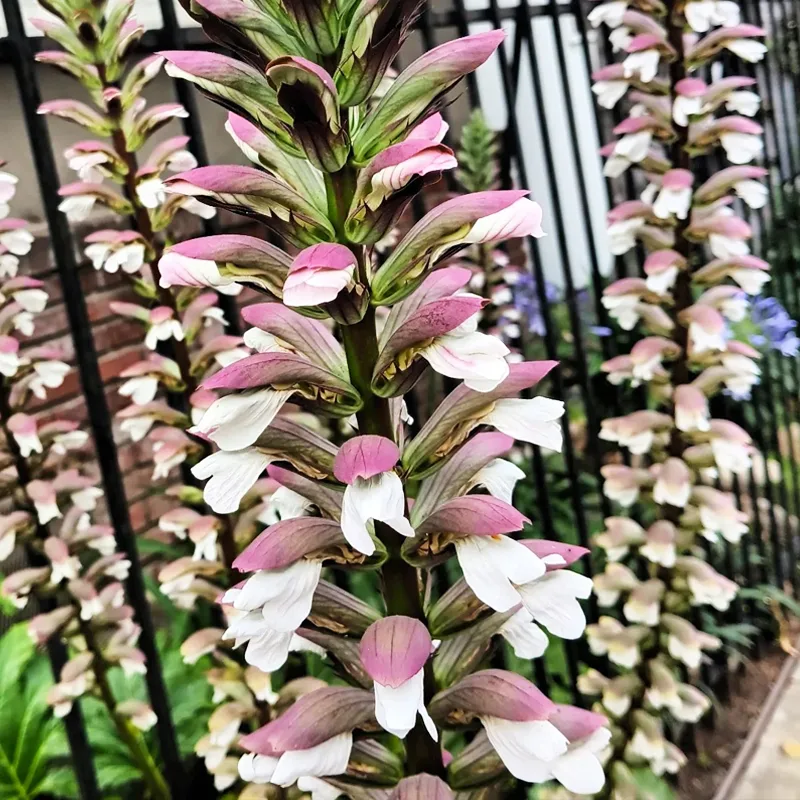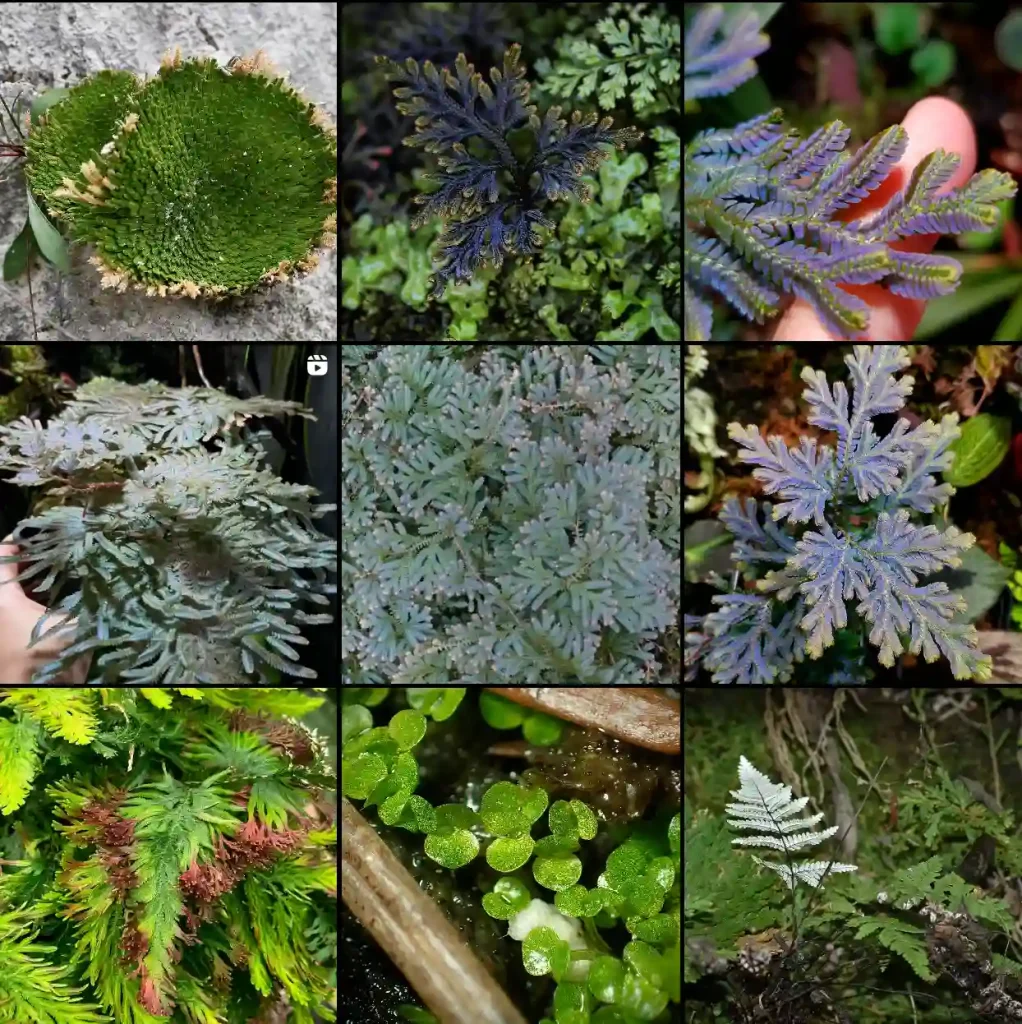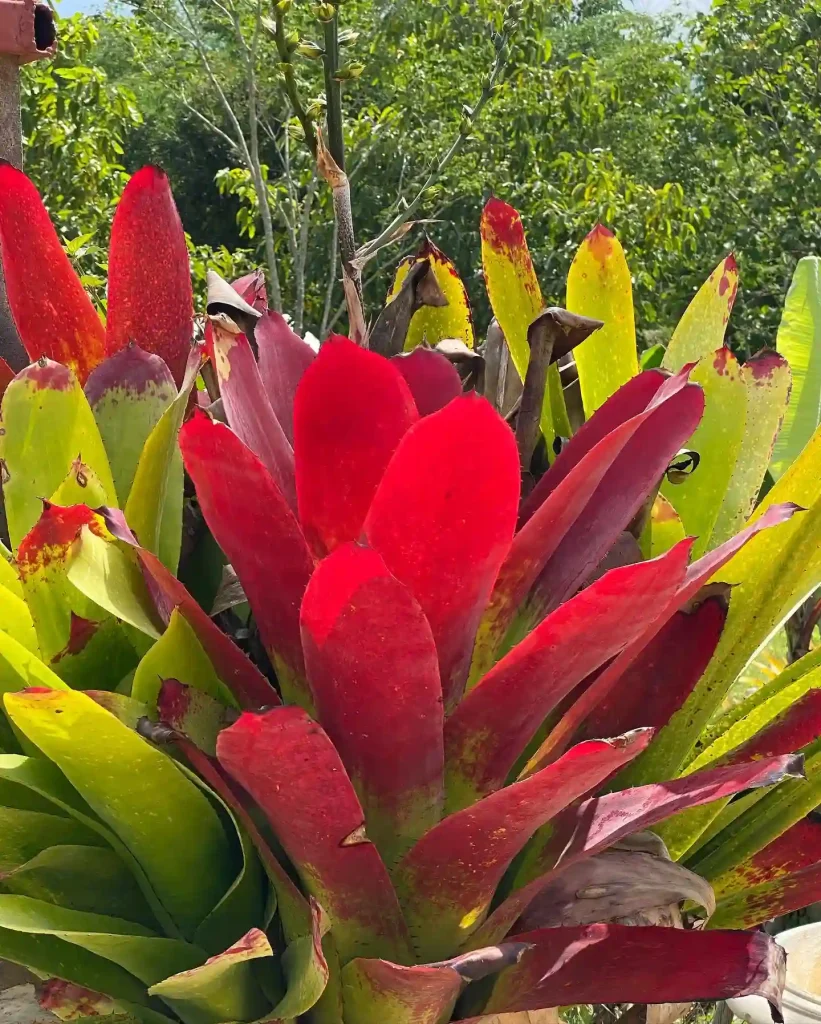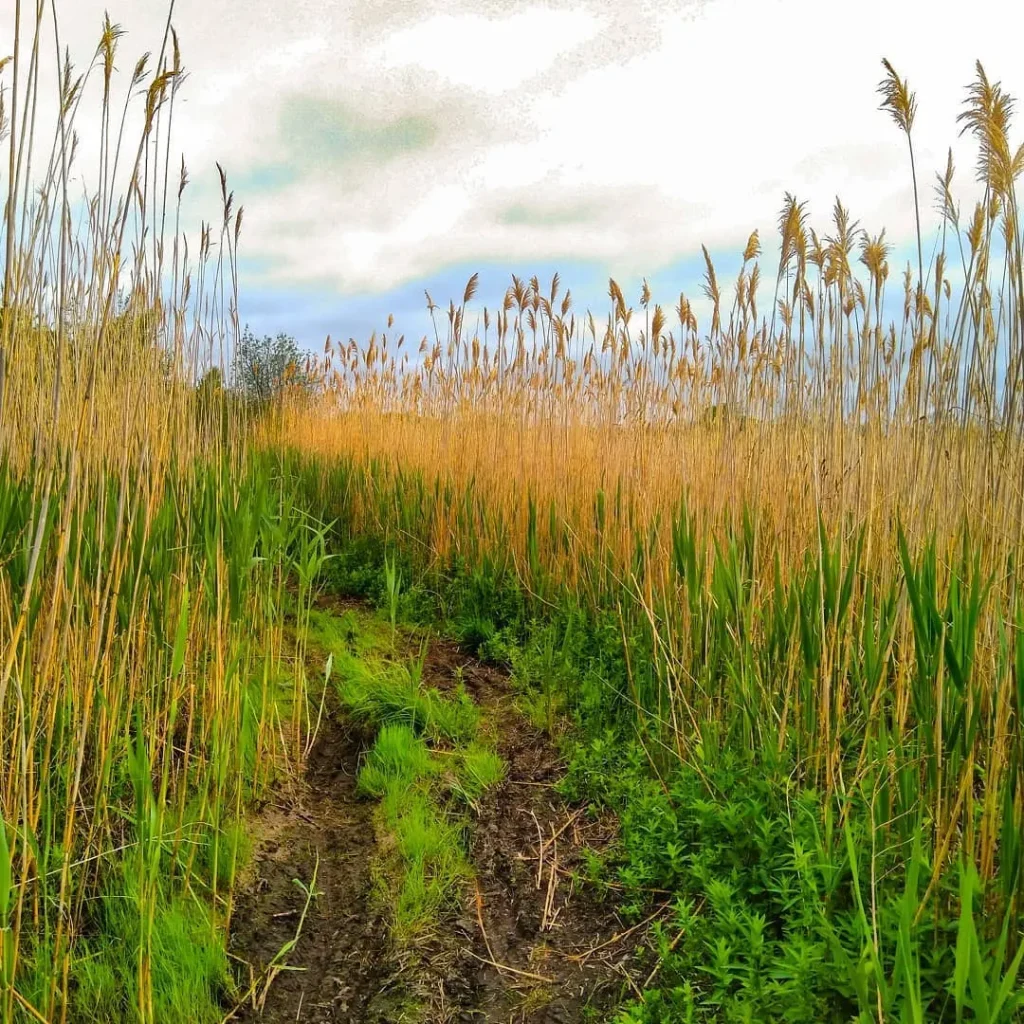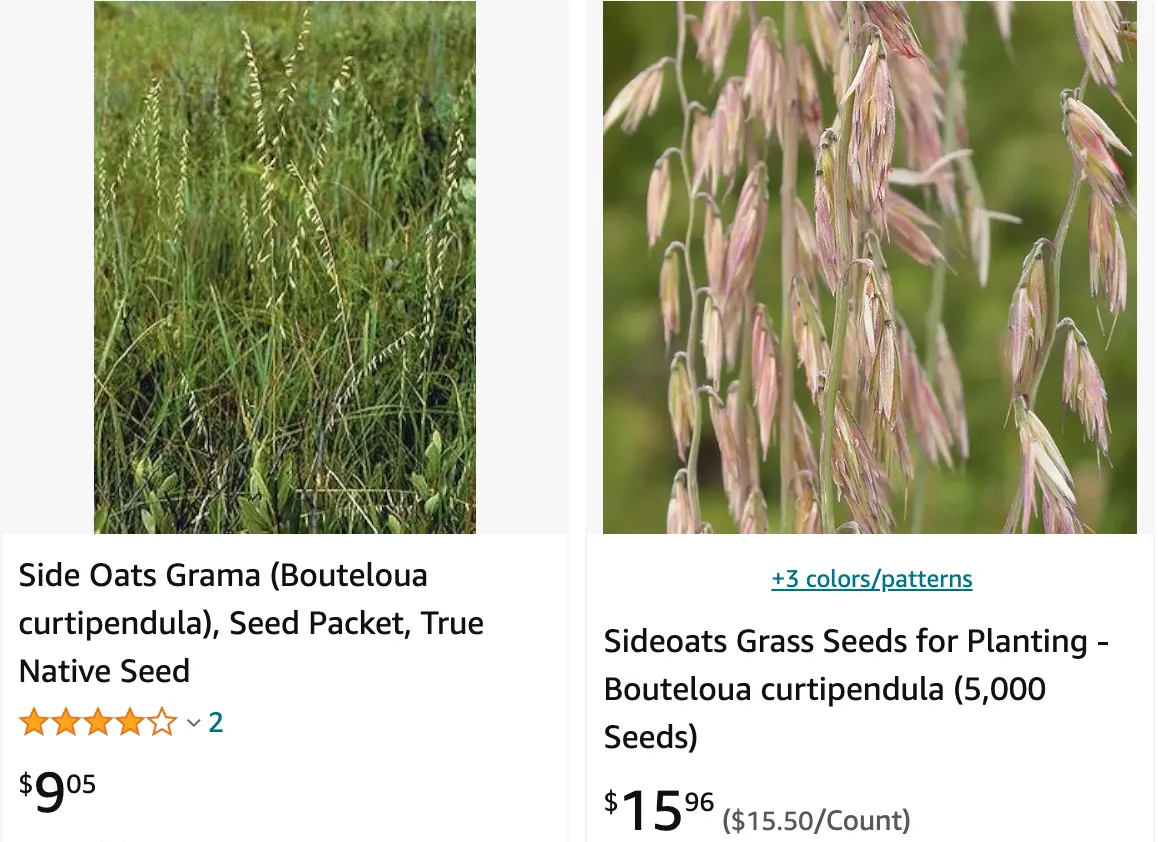
Sideoats Grama: A Low-Maintenance Beauty for Your Garden
Hi there, Ferb Vu here! Today, we’re diving into the world of Bouteloua curtipendula, more commonly known as sideoats grama. This captivating grass is a native North American hero, prized for its resilience, unique looks, and ecological benefits.
Whether you’re a seasoned gardener or just starting your plant parenthood journey, sideoats grama offers something special. So, let’s answer some of the most common questions about this fantastic plant.
What is Sideoats Grama?
Sideoats grama is a perennial, warm-season grass that thrives in temperate and tropical regions of the Western Hemisphere. You’ll find it basking in the sun from Canada all the way down to Argentina. It’s a short to medium-sized grass, typically reaching heights between 12 and 39 inches.
The name “sideoats grama” comes from the plant’s distinctive seedheads. Imagine a cluster of oat-like structures, dangling gracefully along one side of the stalk. These seedheads add a touch of whimsy to the landscape and provide sustenance for birds during the winter months.
But the beauty doesn’t stop there. Sideoats grama boasts slender, blue-green leaves that shimmer in the sunlight. In fall, the foliage transforms into a fiery tapestry of reds and purples, adding a vibrant touch to your garden.
How to Care for Sideoats Grama?
Sideoats grama is a low-maintenance dream come true. Here’s what you need to know:
- Sun: This sun-worshipper thrives in full sun, soaking up at least 6-8 hours of daily sunshine.
- Soil: Adaptable and forgiving, sideoats grama tolerates a variety of soil types, from sandy to clay. Well-drained soil is key, though.
- Watering: Once established, sideoats grama is remarkably drought-tolerant. Occasional watering during extended dry spells is sufficient.
- Fertilizing: This frugal plant doesn’t require any fancy feeding. In fact, excessive fertilizer can hinder its growth.
How to Propagate Sideoats Grama?
Sharing the beauty of sideoats grama is easy! Here are two methods for propagation:
- Division: In early spring or fall, carefully dig up mature clumps and divide them into smaller sections. Replant the divisions in their new homes, ensuring they receive adequate moisture until established.
- Seeding: Sow seeds directly outdoors in early spring when the soil temperature warms up. Lightly rake the seeds into the soil and keep them moist until germination.
What to Plant with Sideoats Grama?
Sideoats grama plays well with others! Here are some of its ideal companions:
- Perennials: Black-eyed Susans, Echinacea purpurea, blanket flower, Gaillardia grandiflora, and butterfly milkweed, Asclepias tuberosa, create a stunning display of color and texture.
- Wildflowers: Combine sideoats grama with a diverse mix of wildflowers to create a vibrant meadow that attracts pollinators.
- Shrubs: Low-growing shrubs like butterfly bush, Buddleia davidii, or fragrant sumac, Rhus aromatica, add vertical interest and provide habitat for birds.
Beyond Beauty: The Ecological Benefits of Sideoats Grama
Sideoats grama isn’t just a pretty face; it’s an ecological powerhouse. Here’s how it contributes to a healthy ecosystem:
- Erosion Control: The extensive root system of sideoats grama helps prevent soil erosion, especially on slopes and hillsides.
- Wildlife Habitat: It provides valuable food and shelter for birds, small mammals, and beneficial insects like butterflies and ladybugs.
- Pollinator Magnet: The colorful flowers attract a variety of pollinators, crucial for maintaining a healthy ecosystem.
With its low-maintenance nature, captivating looks, and ecological benefits, sideoats grama is a fantastic addition to any garden. So, why not give this native wonder a try? You won’t be disappointed.
If i die, water my plants!
